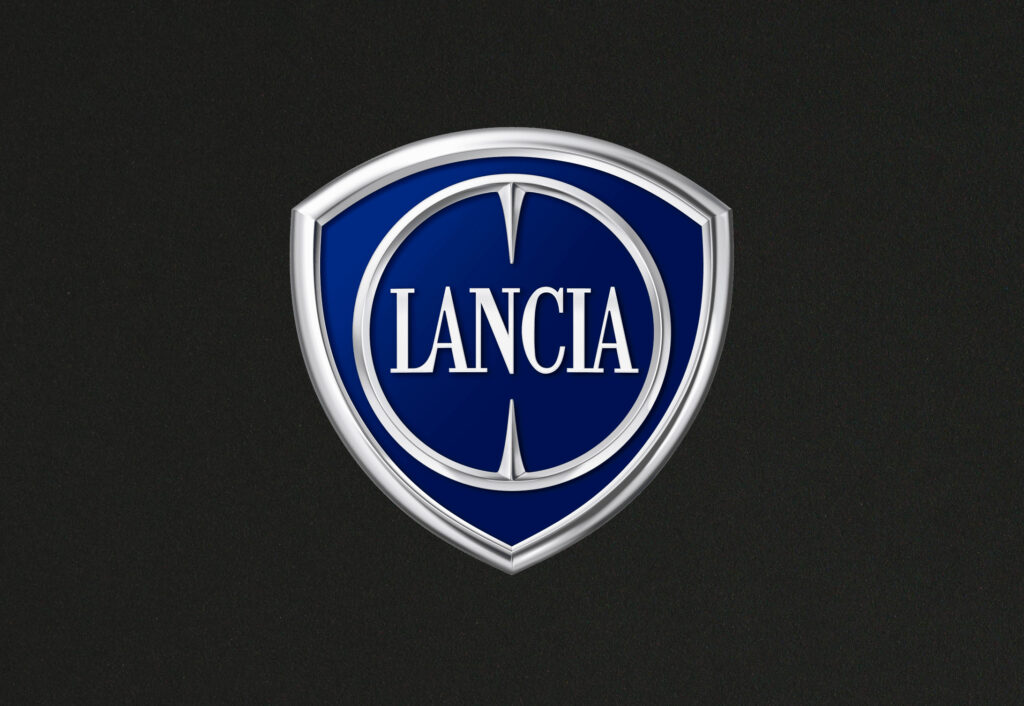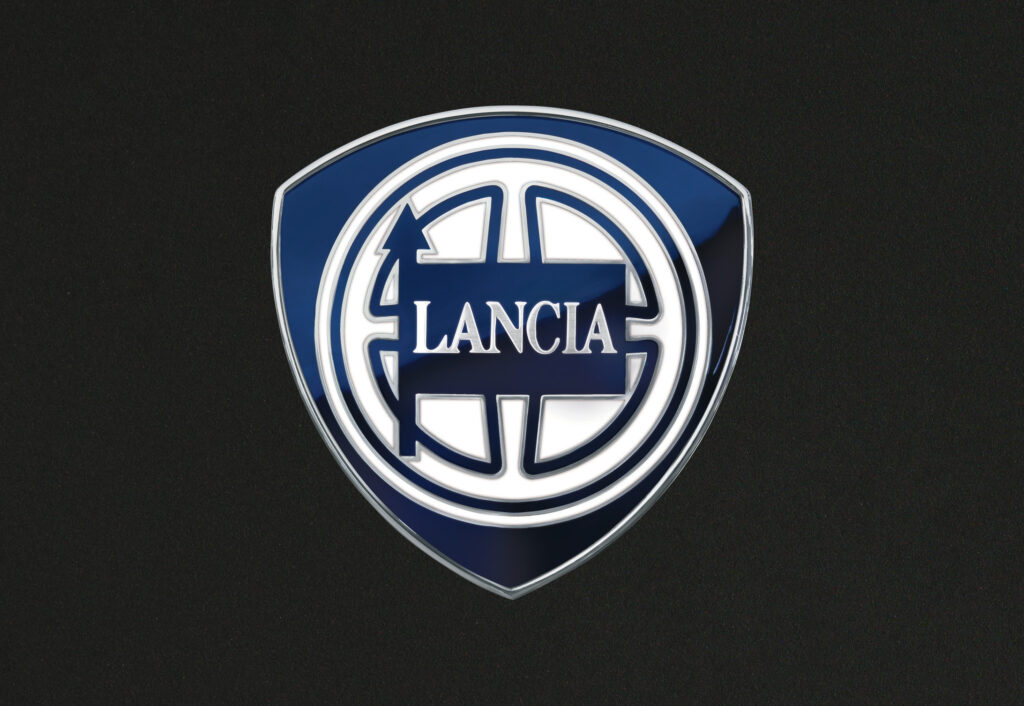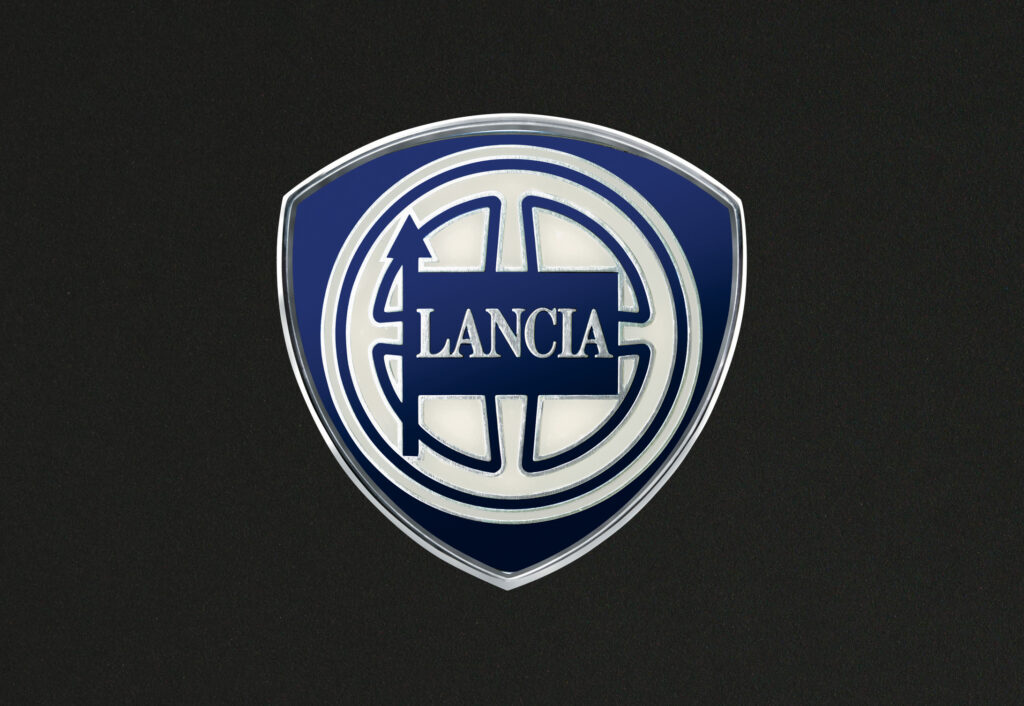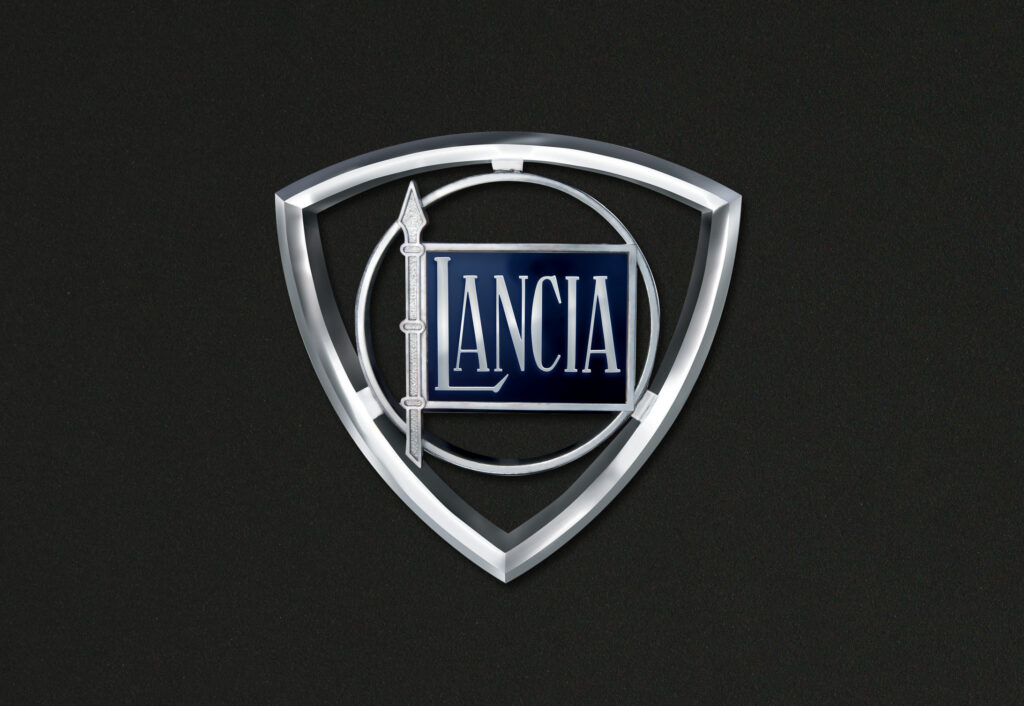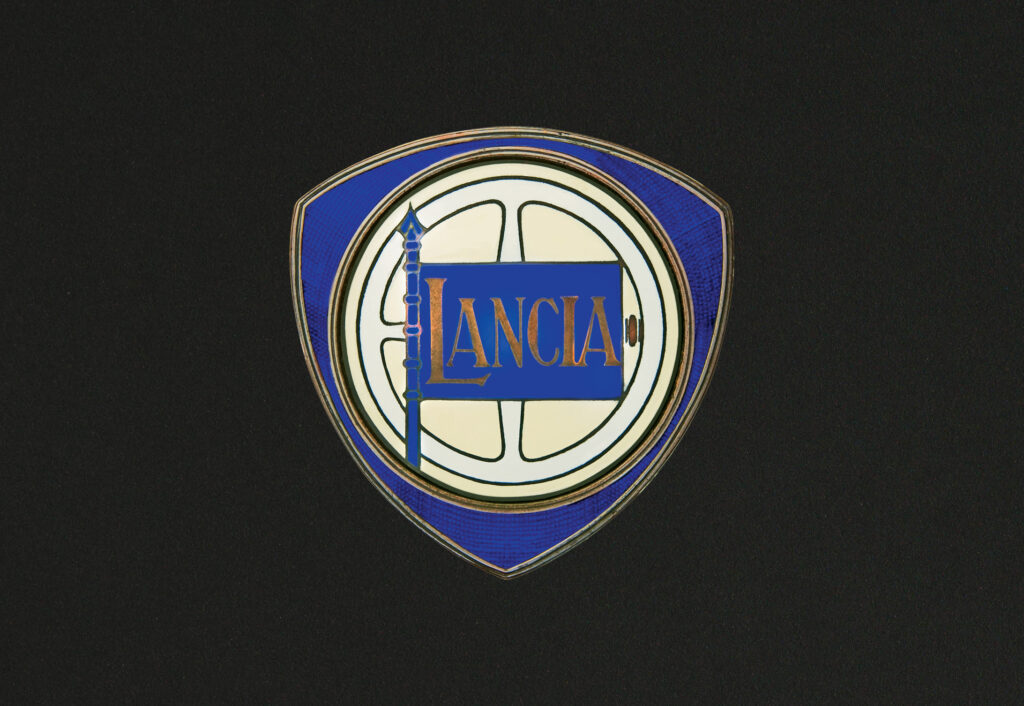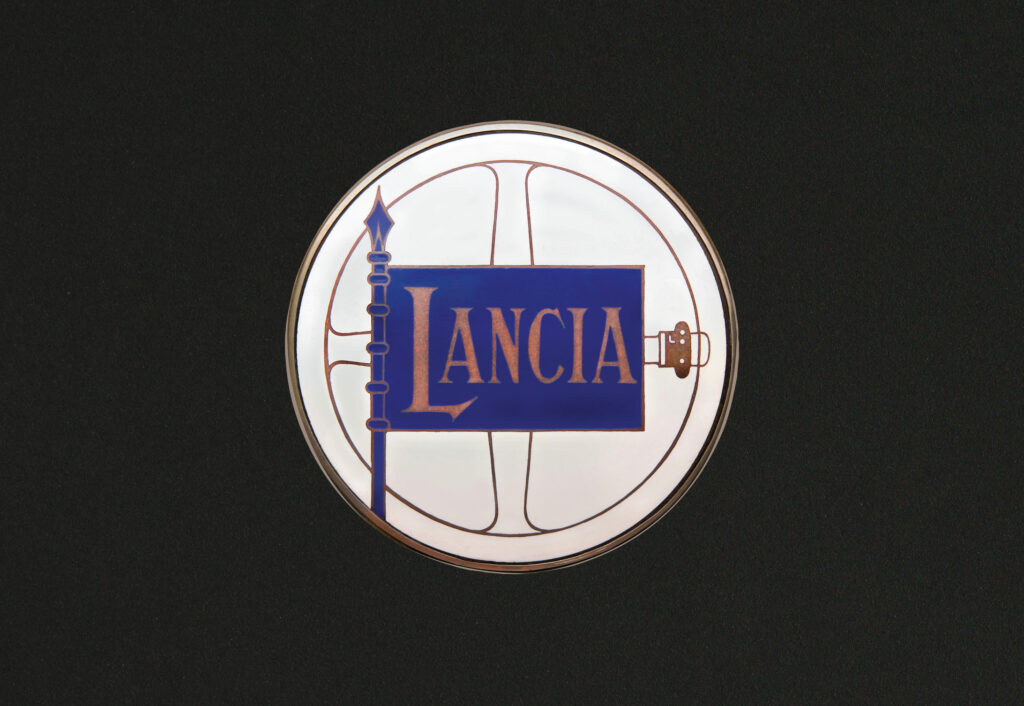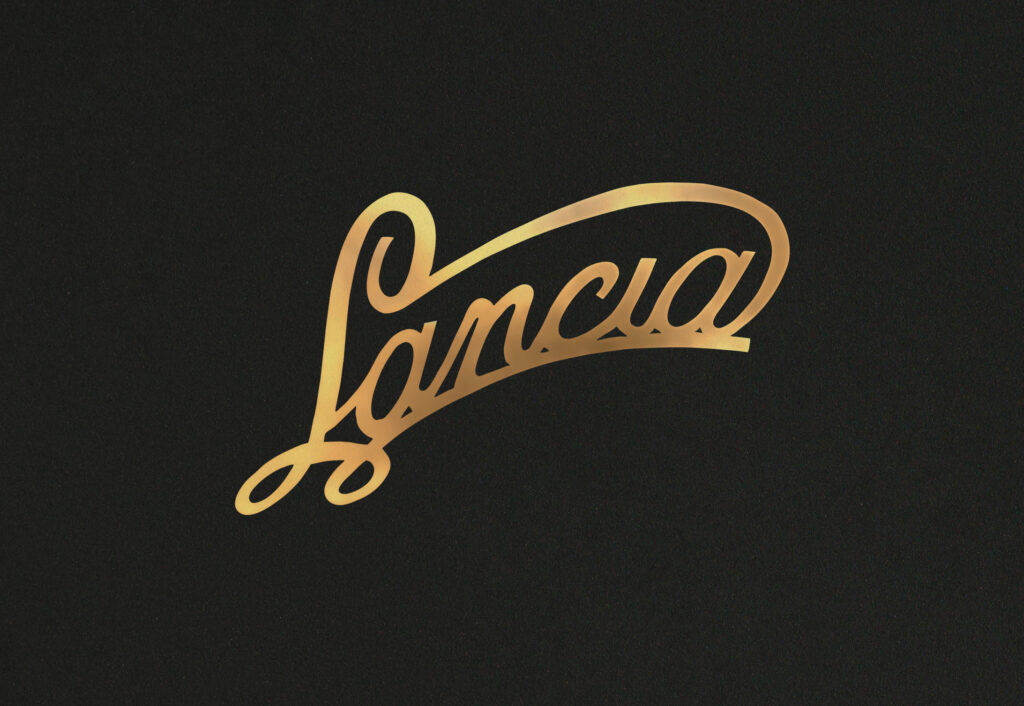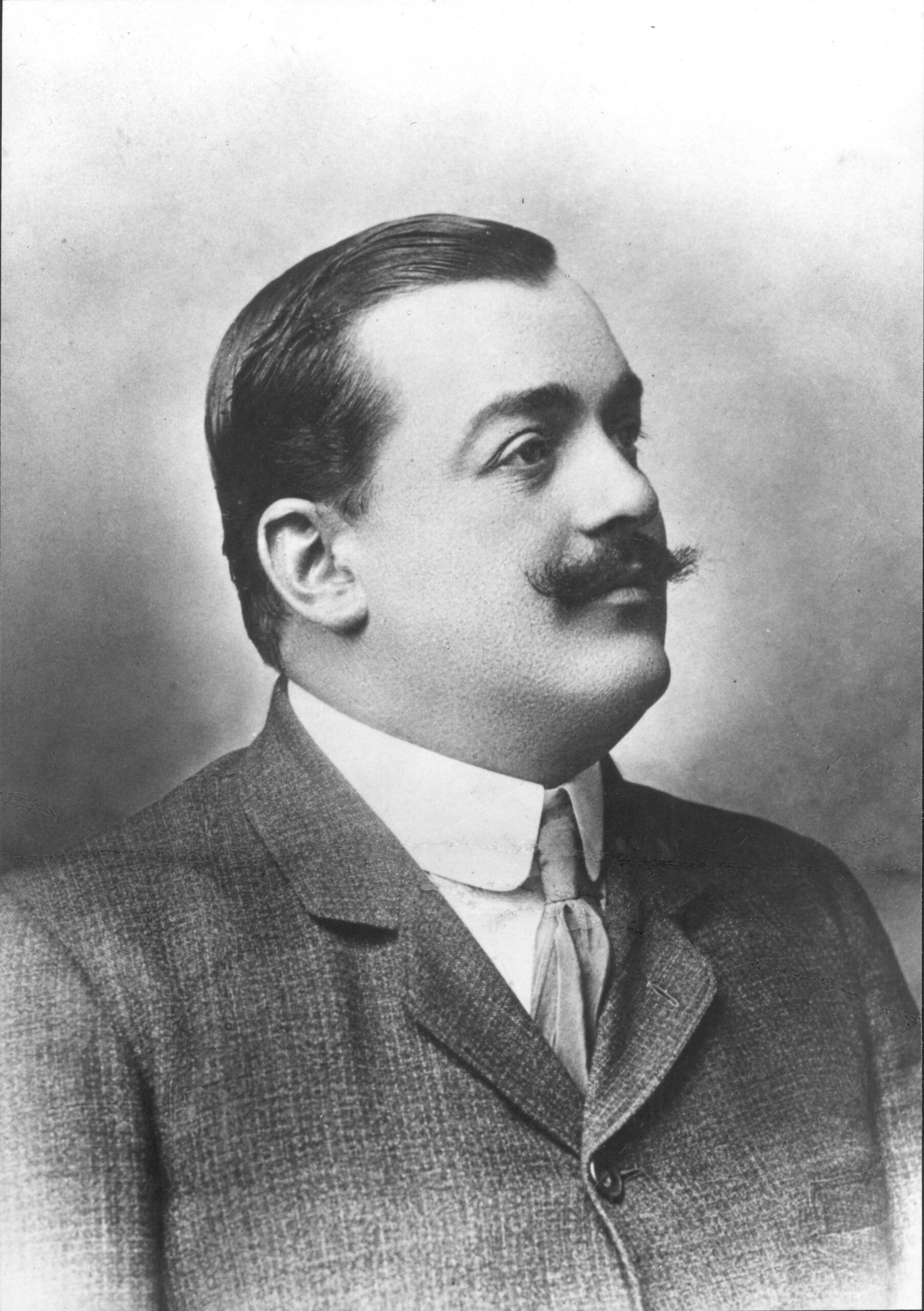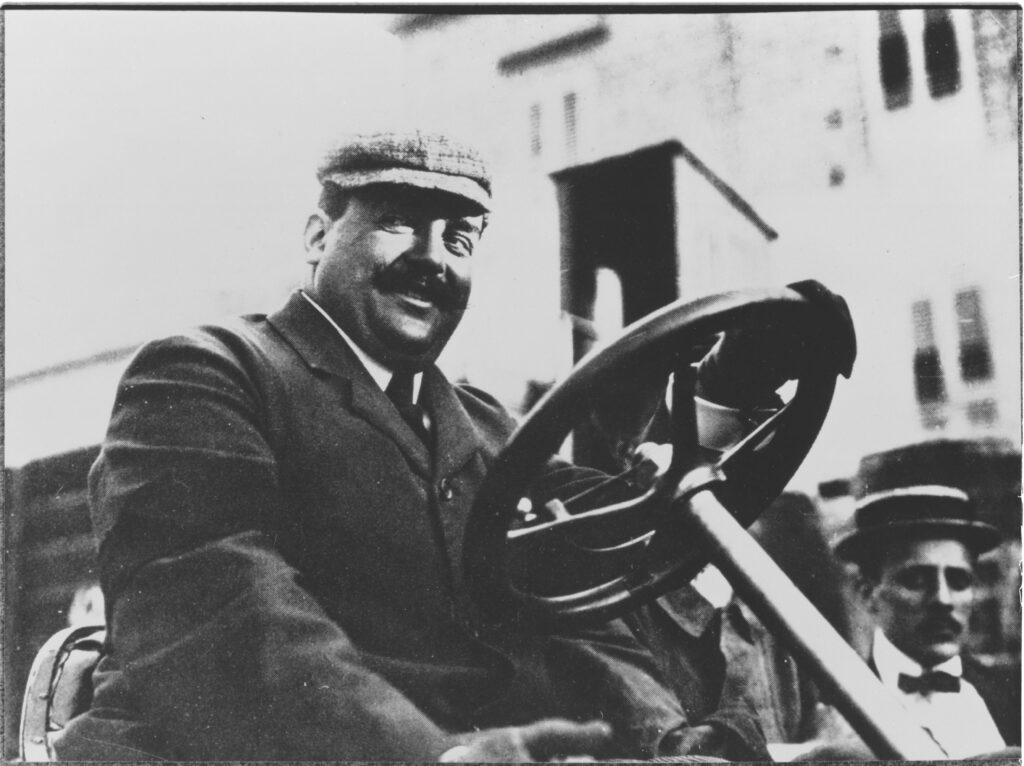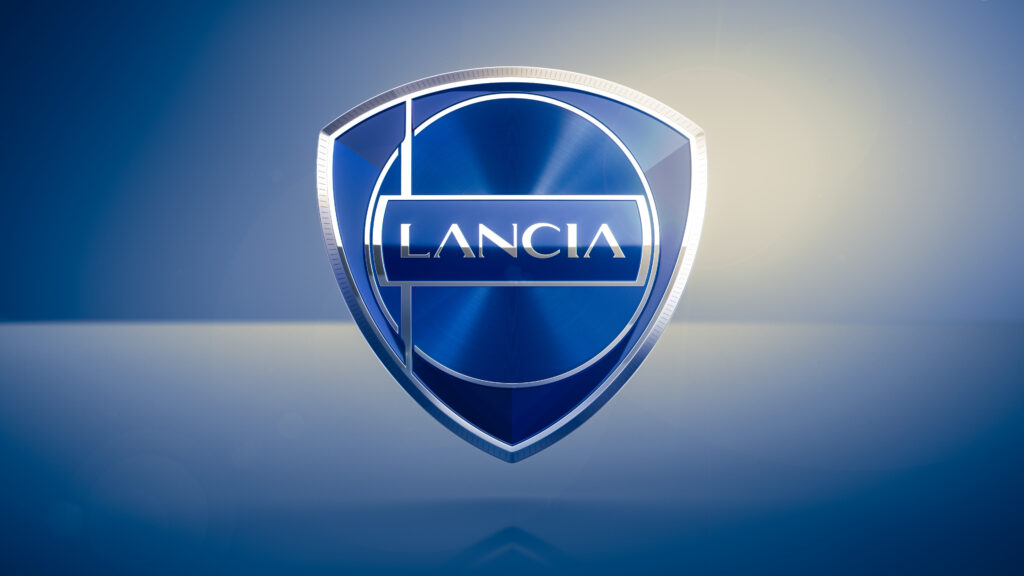
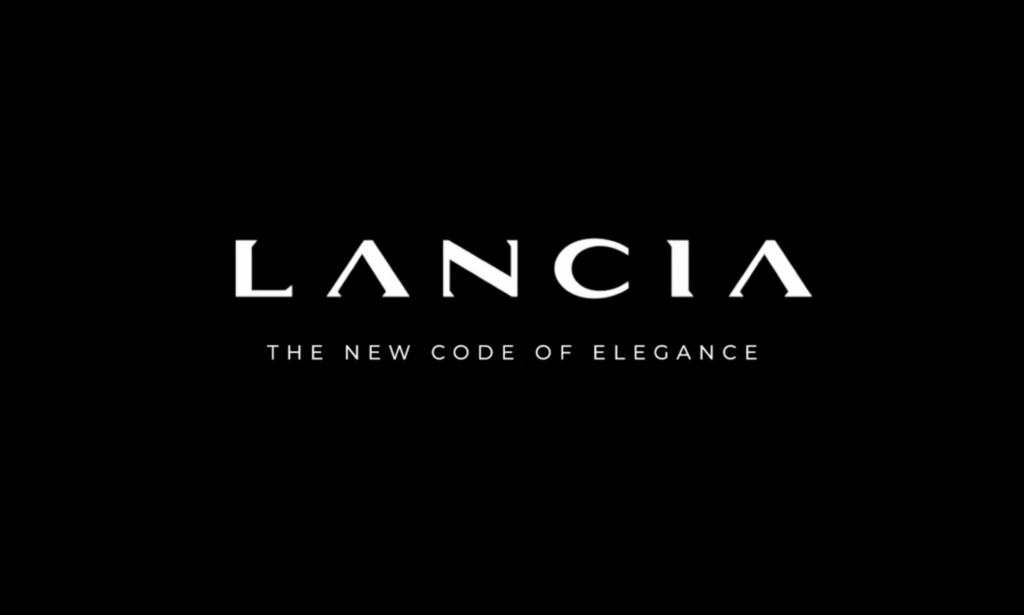
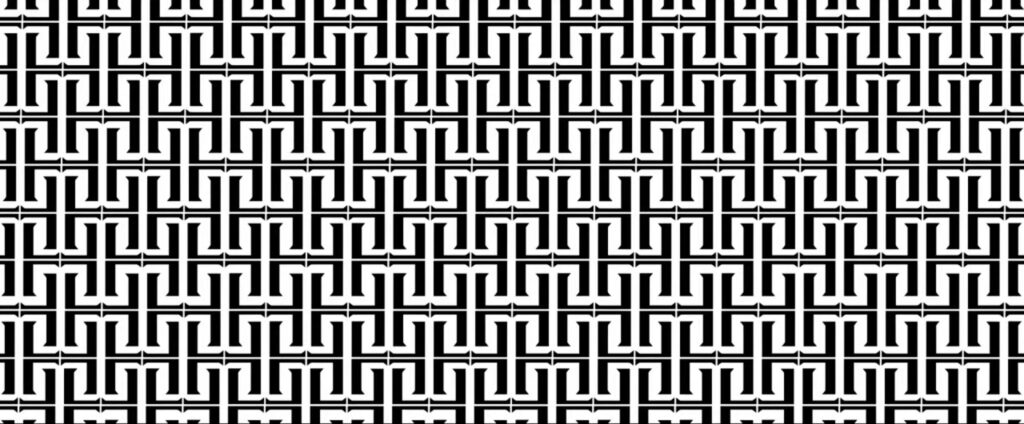
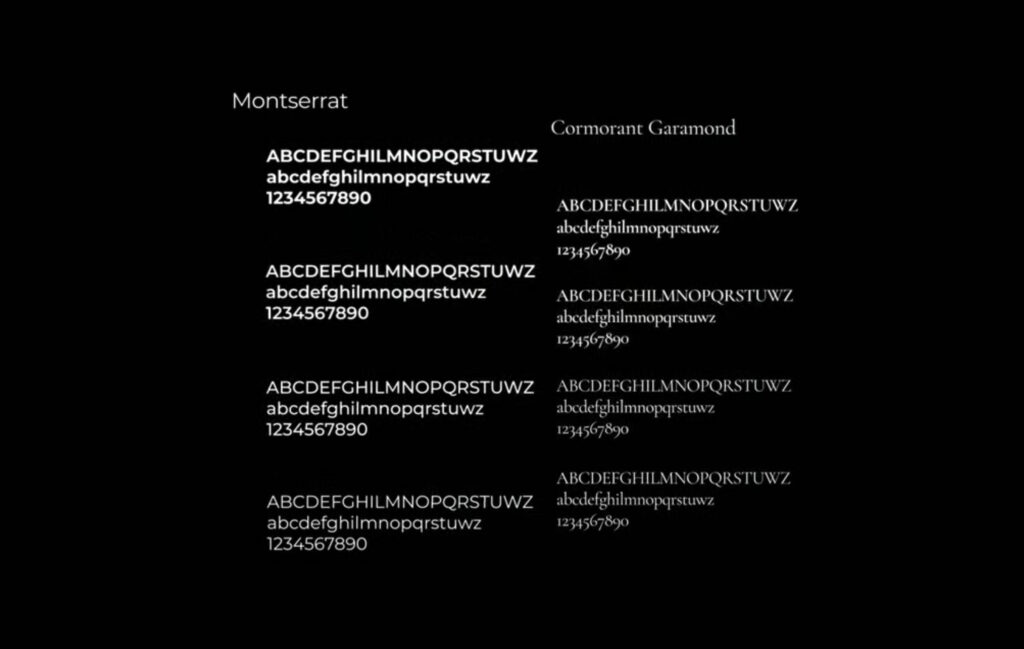
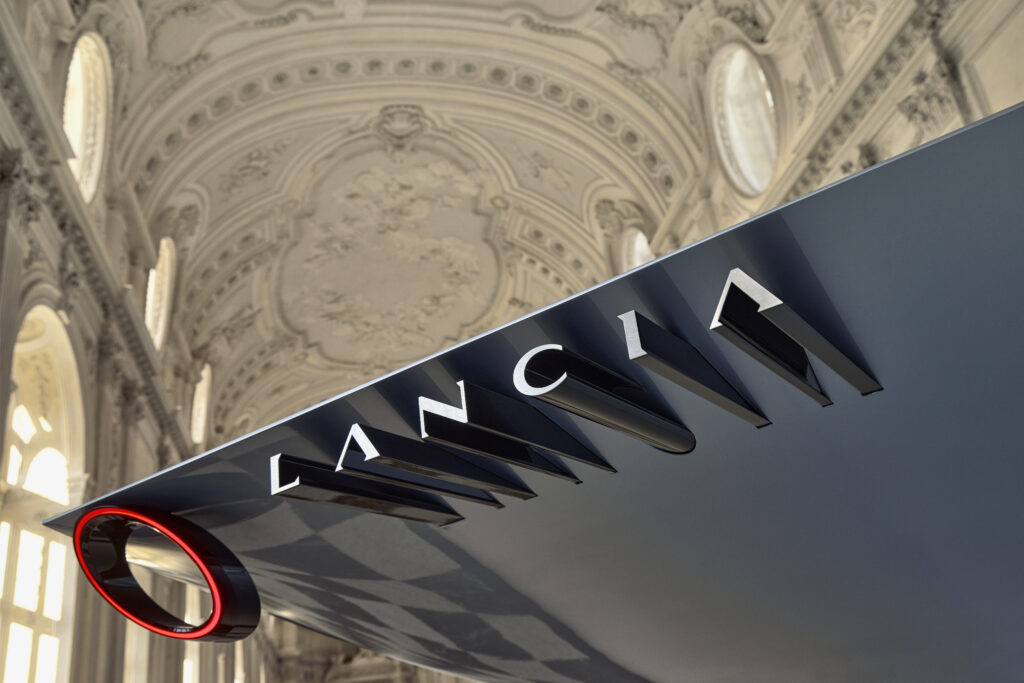
Wealthy soup manufacturer’s son Vincenzo Lancia worked for Fiat before founding his own factory at Turin (and continued to race for Fiat until 1908).
The Lancia family.
Vincenzo Lancia was born on August 24, 1881 in Fobello, Val Sesia, Italy. the son of Cavalier Giuseppe Lancia, who had made his fortune in the preserved food industry.
Since they were quite well-to-do, Vincenzo’s family would spend the summer in their villa in Fobello and the rest of the year in Turin, in a property they owned in corso Vittorio Emanuele. Cavalier Lancia had already mapped out the future for each of his four children: Giovanni, Arturo, Maria and Vincenzo, who was affectionately known as Censin. Vincenzo was earmarked to become a solicitor.
At school, however, ‘Censin’ proved to be a disaster. He was certainly bright enough, but he simply couldn’t apply himself in his studies. He was lazy and easily distracted, and eventually his father reluctantly gave up on the idea of making a lawyer of him. Instead, at the age of twelve, he was sent off to college in the hope that he would at least gain a diploma in accounting.
Studies and engines.
The young Vincenzo Lancia was distracted from his studies, however, by the workshop opened by the Ceirano brothers in the yard of the family home. They built and sold bicycles under the name of Welleyes, because at the time English names had more clout with the public. Censin was a regular visitor to the Ceirano workshop and before long he became a novice mechanic.
When the two brothers eventually started work on their first automobiles, the young Vincenzo was fascinated by engines. He left school and succeeded in obtaining his father’s permission to go to work for the Ceirano workshop.
He was taken on as an accountant (seemingly at the insistence of his father, who considered the position of accountant to be slightly less demeaning than that of mechanic), but instead of working on the company’s books, he busied himself repairing engines.
The first steps.
In 1899, having secured financial backing, the Ceirano brothers began producing a small car designed by the engineer Aristide Faccioli. The Welleyes automobile was a great success, but the Ceirano brothers simply couldn’t keep up with demand.
In July of that year, they accepted Giovanni Agnelli’s offer, and for the sum of 30 thousand lire they sold their entire plant and the patents for the Welleyes car, which would soon be the basis for the Fiat 3.5 HP. Lancia, then 18 years old, as was Felice Nazzaro, who had recently joined the company, were both taken on by Fiat as test drivers.
In its early years, Fiat took a very active part in competitions, with Lancia and Nazzaro behind the wheel. Nazzaro was a real ‘stylist’ when driving. Lancia, on the other hand, was impetuous but also quicker, whenever he wasn’t hit by mechanical failure, that is.
1906: Lancia is founded.
Meticulous and demanding at work, away from the workplace Lancia was light-hearted and jovial. A big, strapping lad when he was young, he grew to become a large man with a passion for good food, drinks with friends and the opera. He was quite a music buff, and was particularly fond of Wagner. In 1906 he started building cars, and on 29 November the same year, together with his friend Claudio Fogolin, he founded Lancia.
In 1922, by now a successful businessman, he married Adele Miglietti, a secretary, with whom he was to have three children: Anna Maria, Gianni and Eleonora. Vincenzo Lancia continued his personal involvement in the development of new models, often test driving the cars himself.
The legacy of Vincenzo Lancia.
Vincenzo Lancia died prematurely on 15 February 1937 at the age of 55, the victim of a heart attack during the night. At first he thought it was nothing and did not want to wake his wife, and it wasn’t until seven o’clock in the morning that the family doctor was sent for, who came as quick as he could, but by then, tragically, it was too late.
Thus, one of the men who had contributed so much to the history of motoring had unexpectedly died. His work as a manufacturer was marked by intuition, originality and courage. It is no accident that his spiritual legacy is a car: the Aprilia.
The model, which seems to sum up the traditions of the company and the virtues of the man, was initially received with scepticism and a certain degree of incredulity. The design seemed too daring while the technical aspects were too innovative. It took some time for this Lancia to become the queen of the road: dynamic, extremely stable, with an incredibly modern style appreciated by all. And it was the genius of Vincenzo Lancia that foresaw it all.
Philosophy.
The challenge that Vincenzo Lancia set for himself back in 1906, convinced that he could offer the burgeoning Italian automobile industry a host of ideas and innovations, is still valid. Other men have taken up the challenge and are today hard at work on it with the same passion.
In almost one hundred years, everything has changed: society, way of life, technical possibilities, and materials. The car has become a product for the masses, an essential component of the quality of our daily life. Today’s problems are those of safety, ecology, recycling, mobility, and the interaction between the car and the surrounding environment.
But one thing has remained unchanged: the commitment of the men at Lancia to find concrete answers to these and other questions associated with the motor car, by creating beautiful cars, packed with sophisticated technology and every time coming with that little bit extra in terms of style, technology and elegance that makes all the difference… or, if you prefer, that extra something that turns a common car into a Lancia.
The 2010 Lancia logo was created by RobilantAssociati, an advertising agency that specializes in brand advisory and strategic design, and by the Lancia Styling Centre. It is a symbol of “change in continuity”, a sign of the past reinterpreted in a modern key to convey the idea of a brand projected towards the challenges of the future but also proud of its historical identity. This makes the new Lancia logo a visual synthesis of its philosophy of Tradition and Innovation. The brand can boast a vast heritage, which is a constant source of inspiration in its striving for innovative technical solutions.
The new logo is essential and striking, and confirms its strong links with Lancia tradition through two elements: the colour blue, which has been present since 1911, and the shield, which was added in 1929, but has been brought up to date by the volumetric use of 3D. The most important innovation regards the steering wheel, which becomes a graphical sign, and the four spokes, which are now expressed in two points and play a functional role: focusing the eye on the Lancia logo, which has been slightly touched up to make it more legible, but still maintains its graphical links with the 1911 logo.
The new Lancia logo embodies the mission of an Italian company that for a century has been building cars with fascinating styling and innovative engineering, true icons of our time that continue to amaze us for their design, elegance and character. All this belongs to Lancia’s human and technological heritage: this is where the uniqueness of one of the most amazing adventures of the 20th century lies, a story that began in Turin in the Autumn of 1906, one of men, engines, roads and technology. But also of the symbols that have appeared on the radiator grilles of Lancia cars in the last one hundred years.
(source: Lancia)
